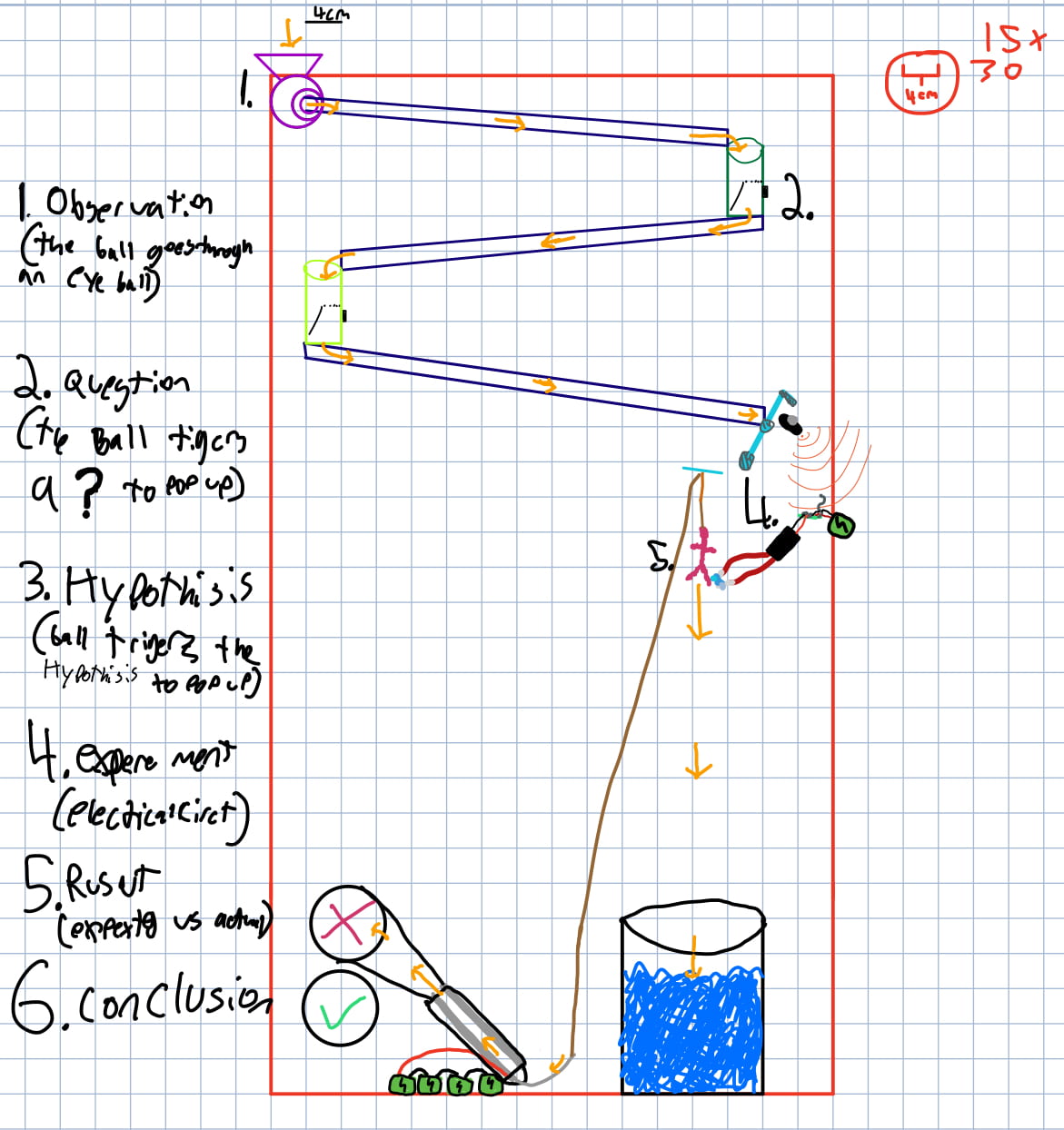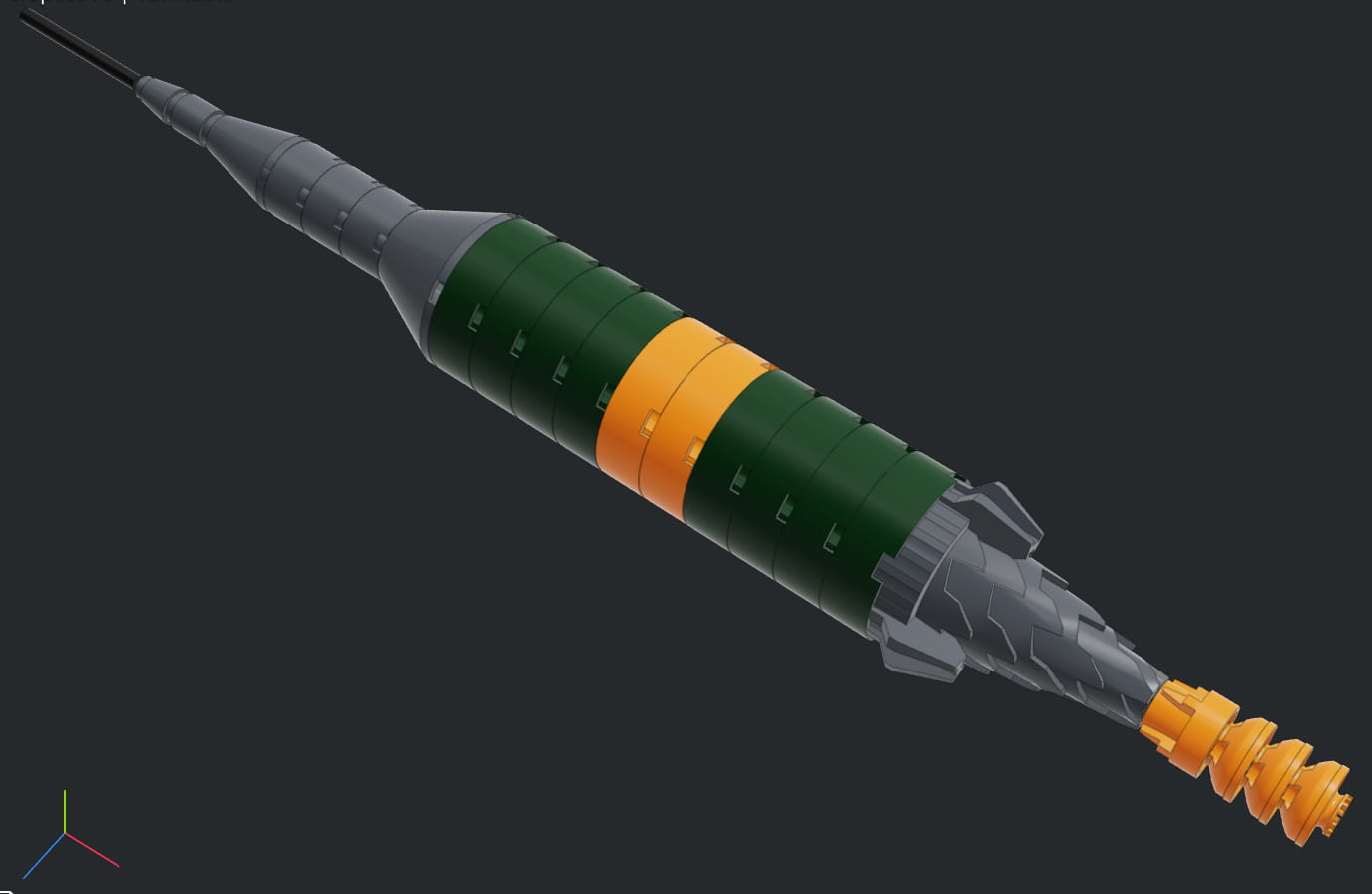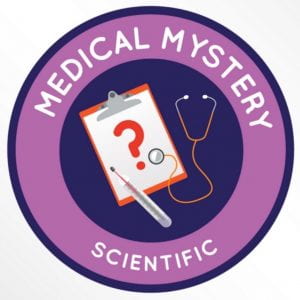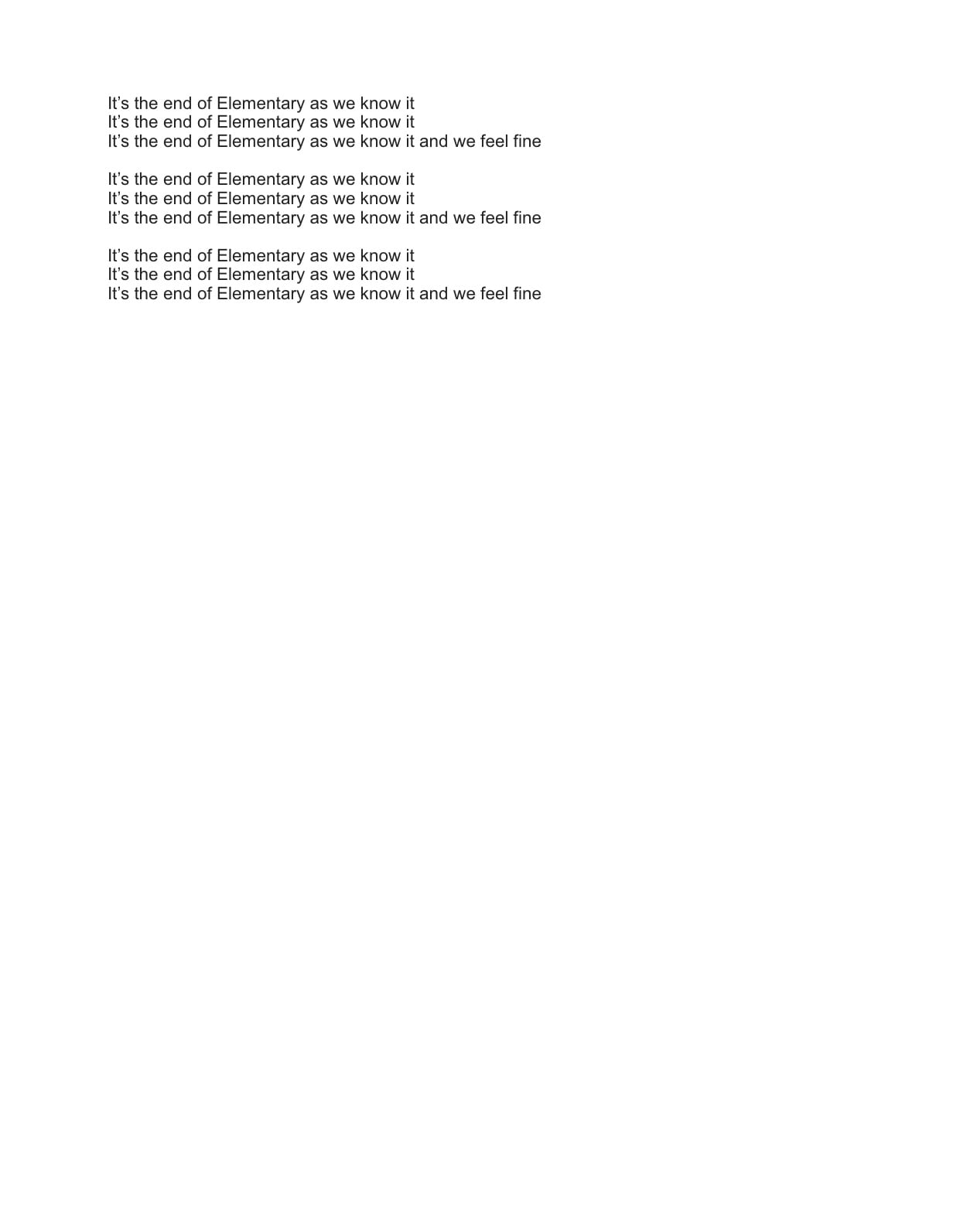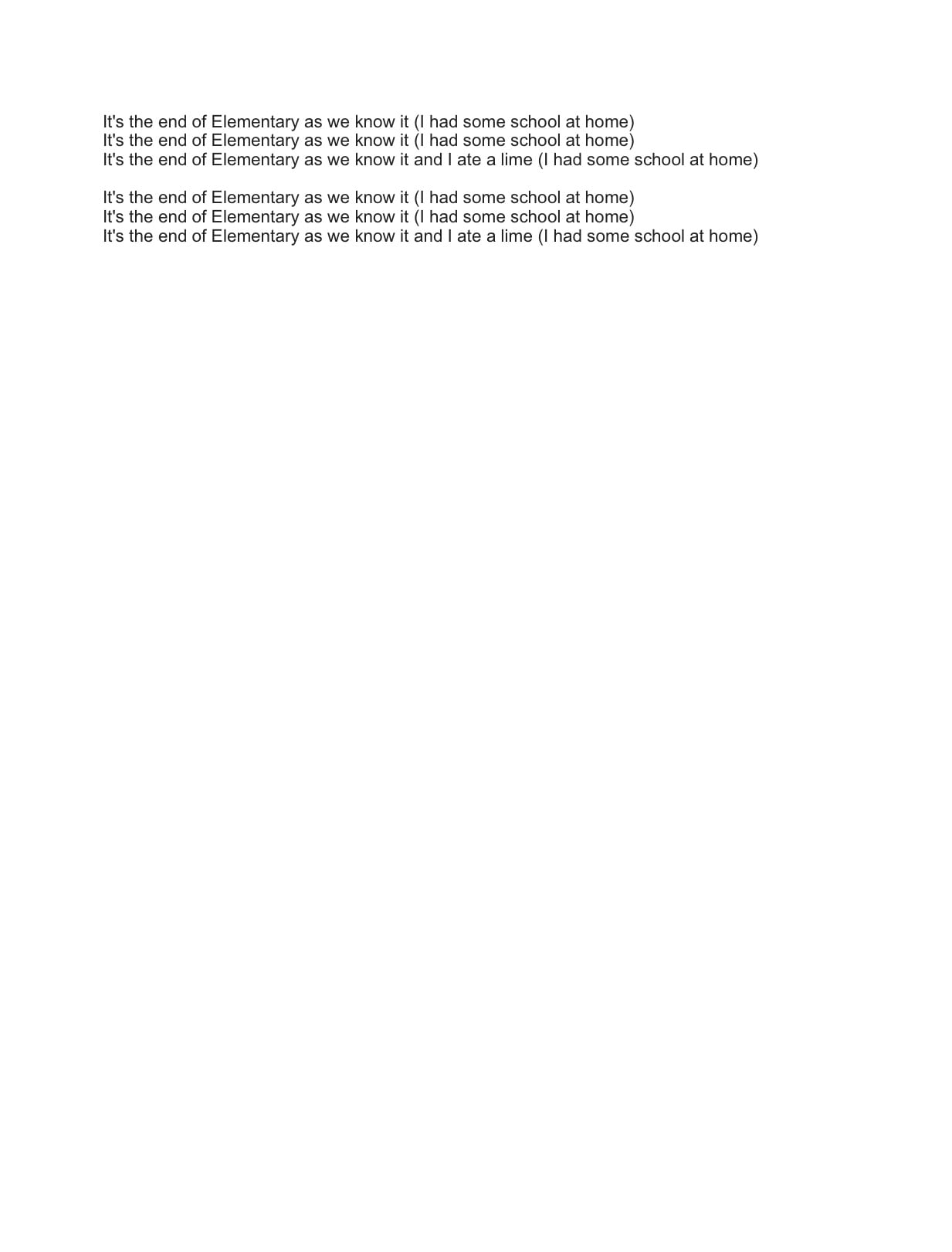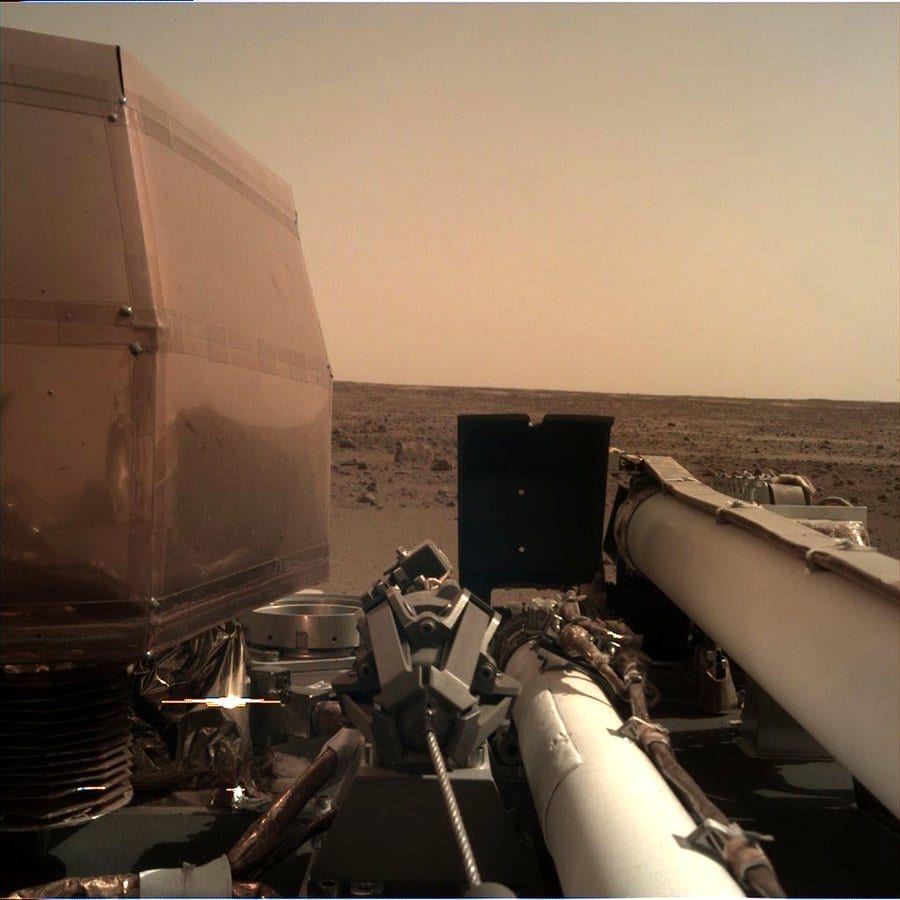Your blog posts for Scimatics should include:
2) A few pictures of the best parts of your project/where you did your best learning.
3) Write about each curricular competency from the evaluation rubric
write an example of how you used/improved/need to improve each one in a short paragraph.
The last Scimatics unit we did before spring break was Metaphor Machines. We started the project by experimenting with electricity, we then experimented with Rube Goldberg machines that we built in one class. The concept for our machine that Brenton, Melaika and I came up with was this:
We then moved onto the part where we got to make our designs this process to about 1 to 2 weeks worth of classes. Half way through I ended up getting sick so I wasn’t there for the presentation. The final creation looked like this:
The five Core Competencies for this project were: Applying and innovating, Questioning and Predicting, Planning and Conducting, Reasoning and Analyzing, and Scientific Communication.
Applying and Innovating: Contribute to care for self, others, community, and world through individual or collaborative approaches.
I used this competency by making a lego creation. I think I did well on this competency.
Questioning and Predicting: Demonstrate a sustained intellectual curiosity about a scientific topic or problem of personal interest
I used this competency by helping to build and design our final product.
